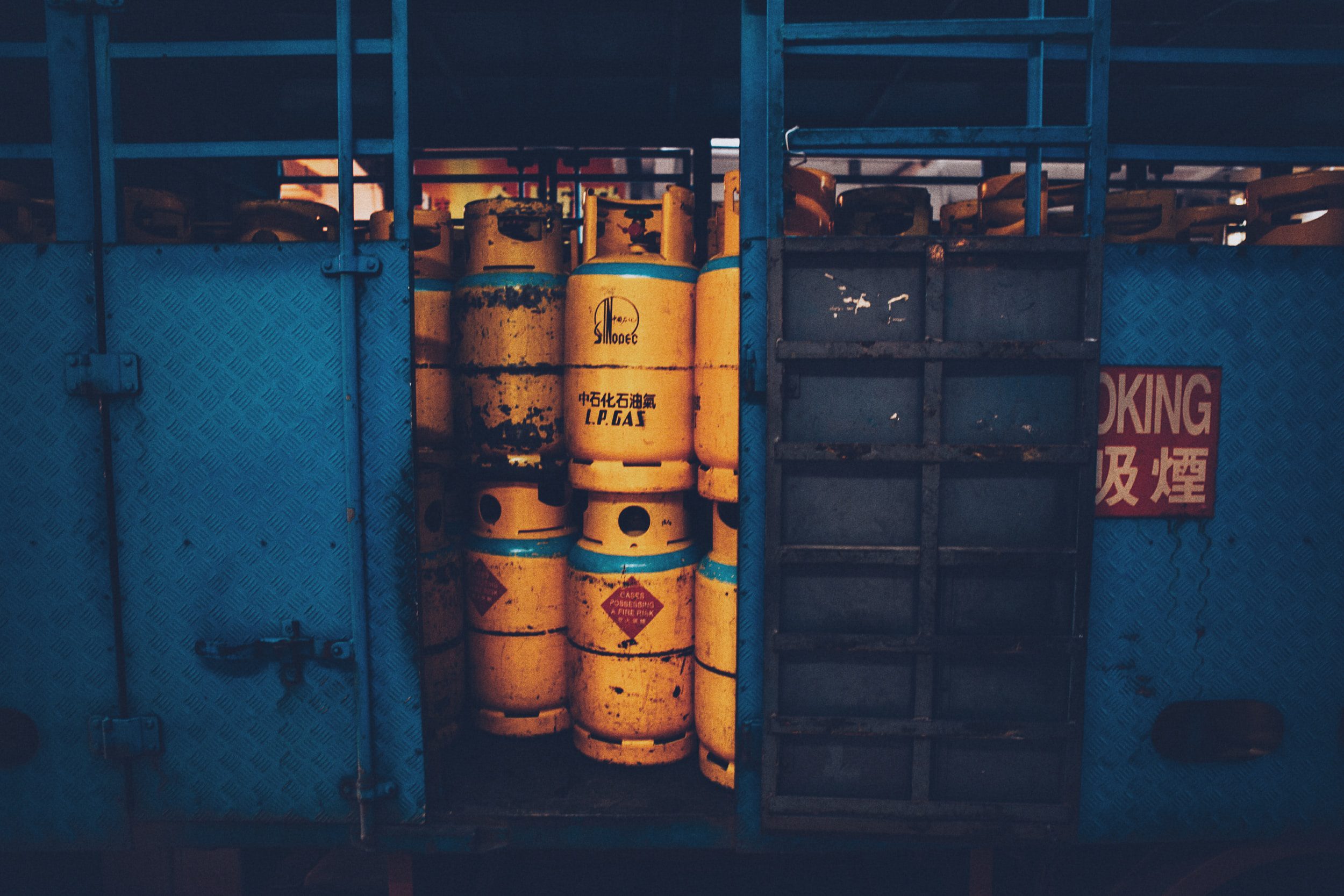Safety is incredibly important, in today’s setting. It’s crucial to detect and monitor gases like methane to prevent accidents and keep people safe. Methane is a gas that is difficult to detect because it has no color or smell. It can be very dangerous if not controlled properly. In this article we’ll explore how methane gas sensors play a role, in protecting environments. We’ll discuss how they work, where they’re used and the many benefits they provide in reducing risks.
Understanding Methane
Methane is a type of gas made up of hydrocarbons. It naturally. Can also be created as a result of actions, like farming handling waste and extracting fossil fuels. Although methane plays a role, in industrial processes it becomes problematic when its levels rise to the point where it can cause combustion or when it escapes into the atmosphere adding to the greenhouse effect.
Working Principles of Methane Gas Sensors
Methane gas sensors work based on principles each specifically created to detect methane leaks with accuracy and efficiency. These sensors are equipped with technologies that enable monitoring of methane levels ensuring the safety of individuals and the environment, in their vicinity. Let’s delve into some of the used types of methane gas sensors;
1. Catalytic Combustion Sensors
Catalytic combustion sensors are designed with an element that reacts with methane resulting in combustion. When the temperature rises as a result it indicates the presence of methane. These sensors are exceptionally sensitive, to methane. Are ideal for detecting leaks, in enclosed areas.
2. Infrared Sensors
Infrared sensors operate by measuring how methane molecules absorb light. When methane is present it reduces the amount of light that reaches the sensor. These sensors are recognized for their ability to specifically detect methane, which makes them dependable, for identifying leaks, in settings.
3. Semiconductor Sensors
Semiconductor sensors work by detecting changes, in conductivity when they come into contact, with methane. When the conductivity increases an alarm is triggered to indicate the presence of the gas. Although semiconductor sensors are cost effective they may have some limitations in terms of their sensitivity and specificity.
Applications of Methane Gas Sensors
Methane gas sensors have a range of uses, in industries playing a crucial role, in improving safety and mitigating potential risks. Let’s delve into some areas where these sensors are commonly employed;
1. Oil and Gas Industry
Detecting methane leaks is essential, in the oil and gas sector as it helps monitor leaks during natural gas extraction, processing and transportation. These sensors play a role by identifying signs of methane leaks enabling timely action to prevent accidents and reducing the impact, on human life and the environment.
2. Mining Operations
Mines, which frequently release methane during the process of extracting coal depend on sensors that detect methane gas. These sensors play a role, in ensuring the safety of workers and preventing explosions. By providing indications of methane buildup these sensors enable miners to take measures and evacuate if necessary.
3. Wastewater Treatment Plants
Methane is produced when organic matter breaks down without the presence of oxygen during the wastewater treatment process. Sensors designed to detect methane gas play a role, in monitoring and preventing its release, into the atmosphere. These sensors help operators identify any leaks or elevated methane levels allowing them to take measures to maintain the facilitys safety and proper functioning.
4. Residential and Commercial Spaces
Methane detectors are becoming more and more common, in both commercial buildings. They serve the purpose of warning people about gas leaks from appliances such as stoves and water heaters. These sensors play a role, in detecting methane leaks on which helps prevent accidents, fires and explosions. Ultimately their presence ensures the safety of both residents and workers.
Benefits of Methane Gas Sensors
Methane gas sensors offer numerous benefits in terms of safety, compliance, and environmental sustainability. Let’s delve into some of these advantages:
1. Early Warning
Detecting methane leaks, at a stage is crucial as it allows for intervention thus preventing potential disasters and minimizing the impact on both human life and the environment. Methane gas sensors play a role, in providing a warning system empowering individuals to take immediate action to prevent accidents, fires and explosions.
2. Compliance with Regulations
Numerous sectors must abide by rules governing the release of methane. Methane gas detectors play a role, in helping businesses comply, with these regulations and steer clear of ramifications. By monitoring methane levels and promptly addressing any leaks companies showcase their dedication to ensuring safety and upholding environmental responsibility.
3. Occupational Safety
Detectors play a role, in workplaces where methane is found as they help ensure the safety of workers by minimizing the chances of accidents and injuries. Real time monitoring provided by methane gas sensors allows for evacuation when there are levels of methane or leaks.
4. Environmental Protection
Gas sensors play a role, in safeguarding the environment by identifying and preventing methane leaks. Methane being a greenhouse gas plays a part in causing climate change. By taking measures to limit methane emissions, businesses and industries can actively contribute to combating warming while also reducing their carbon footprint.
Conclusion
Methane gas sensors play a role, in ensuring safety across environments. With their sensing technologies these detectors serve as a warning system that enables quick response and effective mitigation of potential risks. As industries place emphasis on safety and environmental sustainability the significance of methane gas sensors becomes more essential, in building a secure and responsible future. By investing in the methane gas sensor and implementing safety measures companies can safeguard their workforce, assets and the environment from the hazards linked to methane gas leaks.

